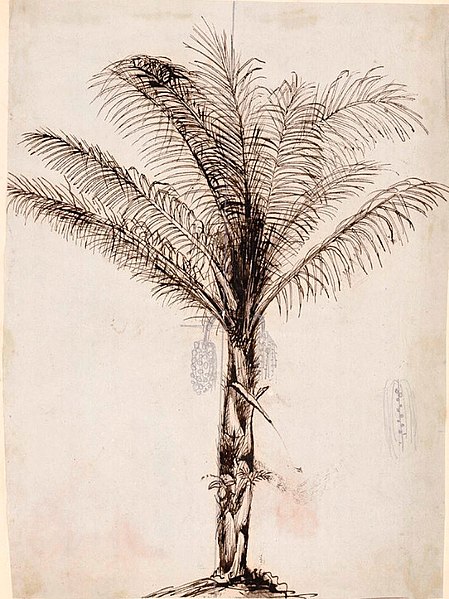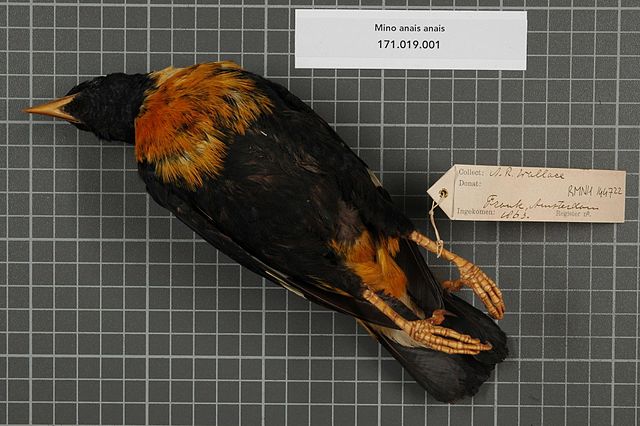The Wallace line or Wallace's line is a faunal boundary line drawn in 1859 by the British naturalist Alfred Russel Wallace and named by the English biologist T.H. Huxley that separates the biogeographical realms of Asia and 'Wallacea', a transitional zone between Asia and Australia also called the Malay Archipelago and the Indo-Australian Archipelago. To the west of the line are found organisms related to Asiatic species; to the east, a mixture of species of Asian and Australian origins is present. Wallace noticed this clear division in both land mammals and birds during his travels through the East Indies in the 19th century.
The original drawing of the line in Wallace's paper
Alfred Russel Wallace was an English naturalist, explorer, geographer, anthropologist, biologist and illustrator. He independently conceived the theory of evolution through natural selection; his 1858 paper on the subject was published that year alongside extracts from Charles Darwin's earlier writings on the topic. It spurred Darwin to set aside the "big species book" he was drafting and quickly write an abstract of it, which was published in 1859 as On the Origin of Species.
Wallace in 1895
A photograph from Wallace's autobiography shows the building Wallace and his brother John designed and built for the Neath Mechanics' Institute.
Arenga pinnata sketched by Wallace in Celebes, reworked by Walter Hood Fitch
Wallace collected many specimens, such as this Mino anais anais from South West Papua, 1863.





